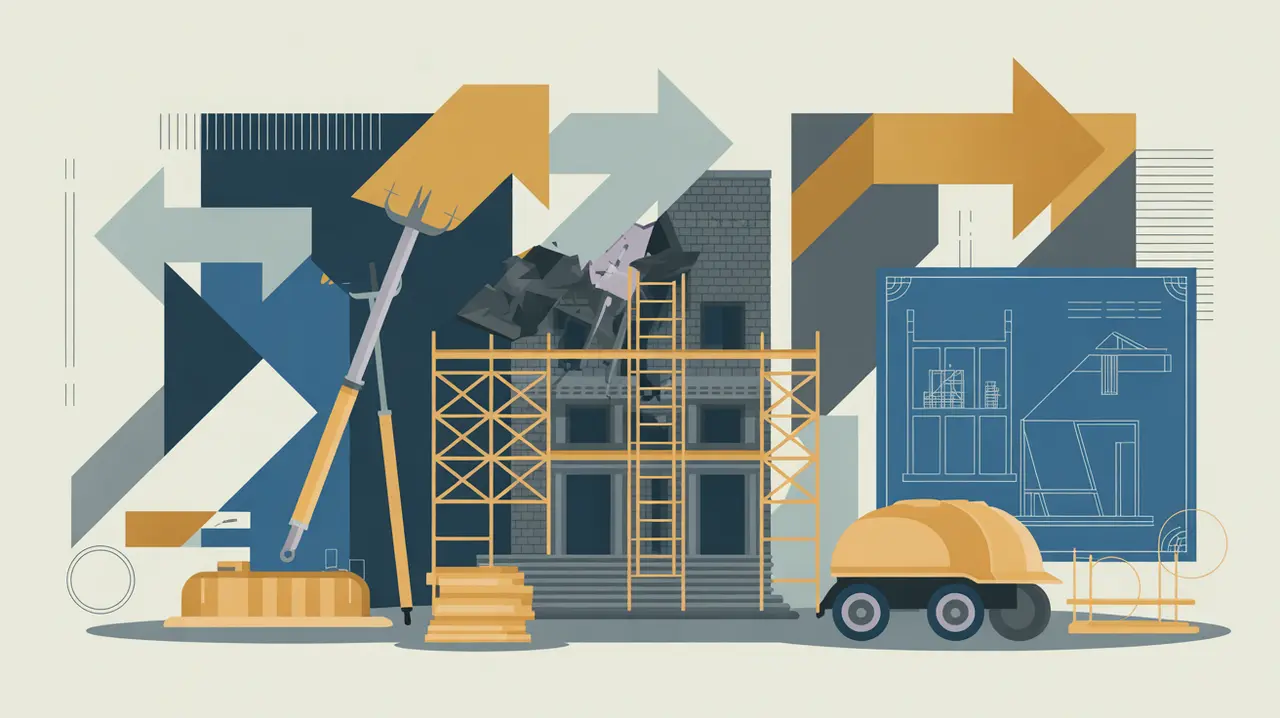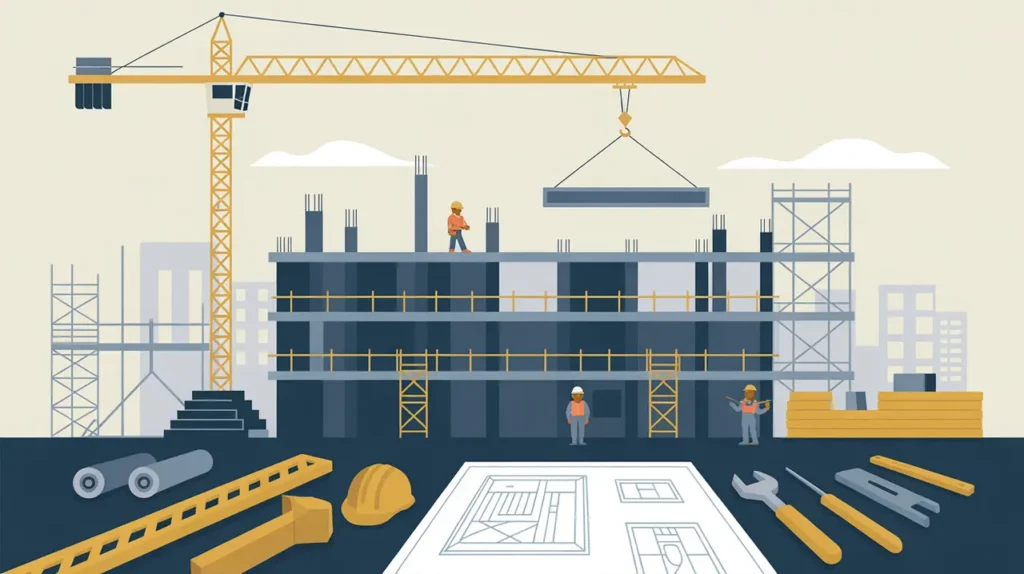Importance of Residential Construction
Residential construction is fundamental to meeting human needs for shelter, safety, and community stability. It contributes to economic growth through job creation and stimulates related industries such as materials, design, and finance. In international development, residential construction plays a central role in addressing housing shortages, reducing informal settlements, and improving living standards. For nonprofits and social innovators, it matters because housing directly impacts health, education, and social inclusion. Its importance lies in ensuring that people have secure, affordable, and dignified places to live.
Definition and Features
Residential construction refers to the planning, design, and building of housing units for individuals and families. Its defining features include:
- Housing Provision: creating spaces for living that meet safety and quality standards.
- Economic Activity: generating employment and supporting supply chains.
- Design Diversity: spanning single-family homes, apartments, and social housing.
- Regulation and Standards: governed by building codes, zoning laws, and safety requirements.
How this Works in Practice
In practice, residential construction is carried out by private developers, public agencies, and community-driven initiatives. For example, governments may build subsidized housing to reduce slums, while NGOs partner with communities to construct affordable, disaster-resilient homes. Financing mechanisms, such as micro-mortgages or cooperative housing funds, are often critical to expanding access. Challenges include rapid urbanization, high land costs, environmental pressures, and inequities in access to quality housing.
Implications for Social Innovation
Residential construction has significant implications for social innovation because it shapes how communities grow and interact. Innovations such as green building technologies, modular housing, and participatory design approaches improve sustainability and inclusivity. For proximate actors, affordable and secure housing enables better health, education, and economic opportunities. Residential construction is essential for building resilient and equitable societies.







